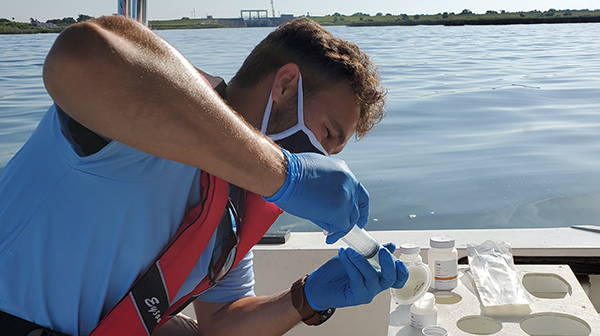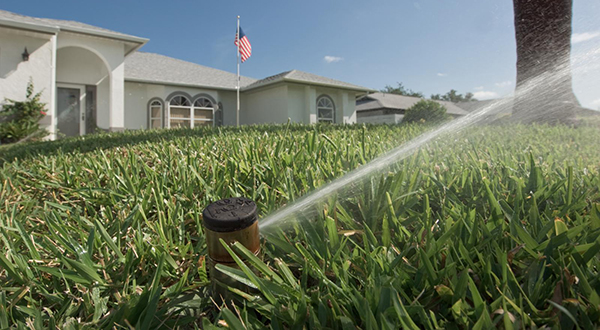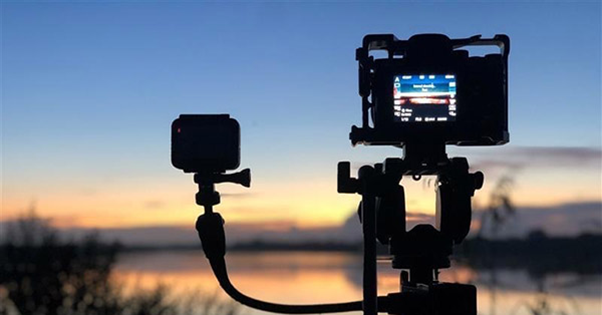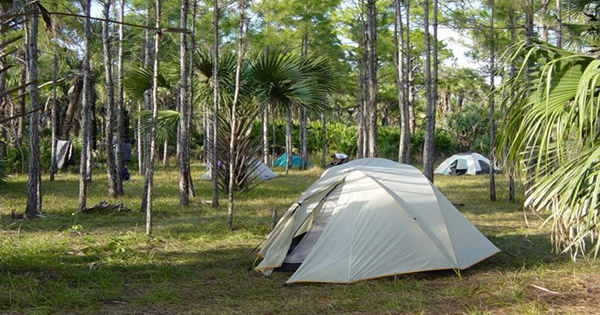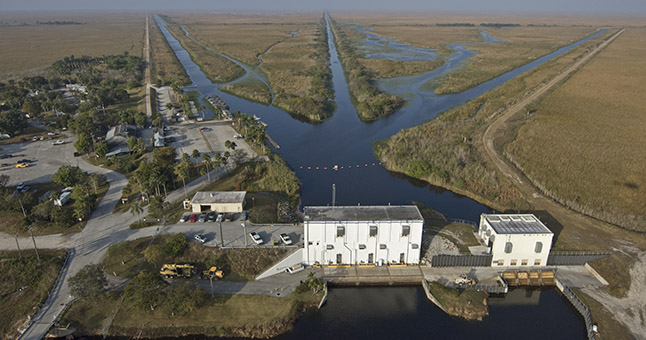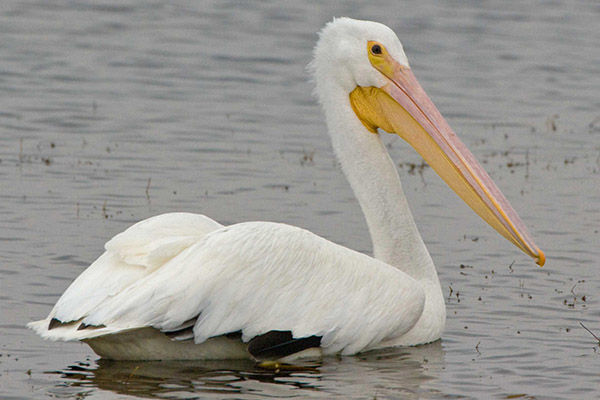World Nature Conservation Day Highlights the Importance of Everglades Restoration

Did you know significant progress continues to be made to restore America’s Everglades and protect South Florida’s water resources? The South Florida Water Management District (SFWMD), along with our local, state, and federal partners, continue to expedite key restoration and water quality improvement projects that benefit the Greater Everglades Ecosystem.
To date, 48 Everglades projects have been completed, broken ground or hit a major milestone since January of 2019.



